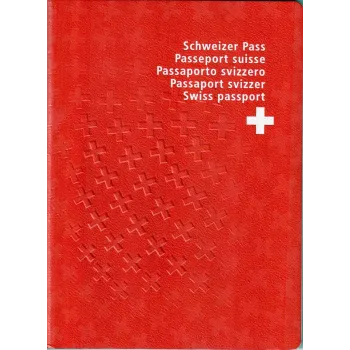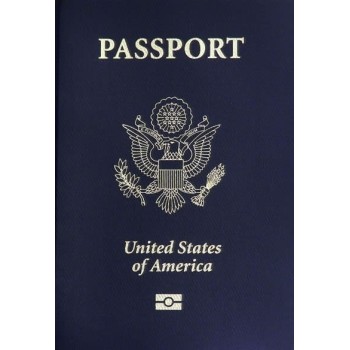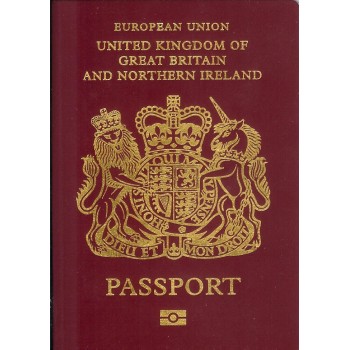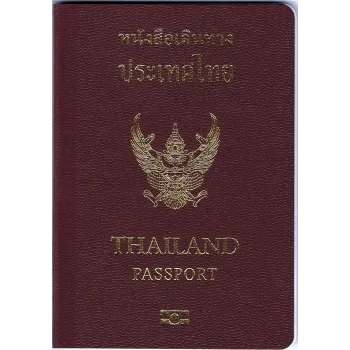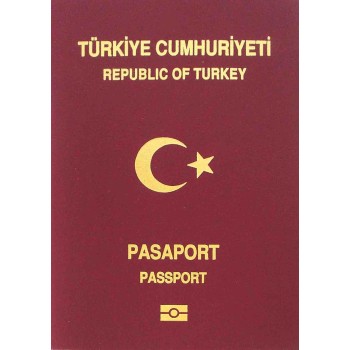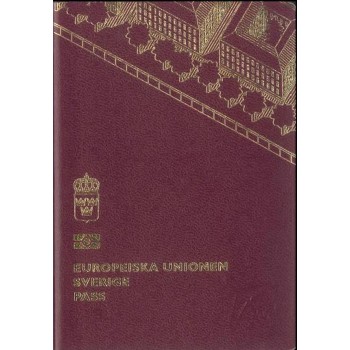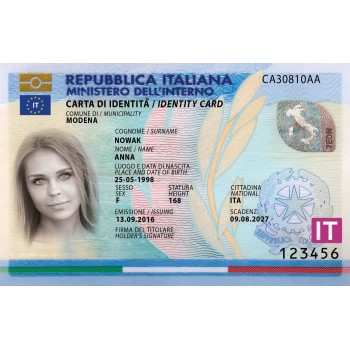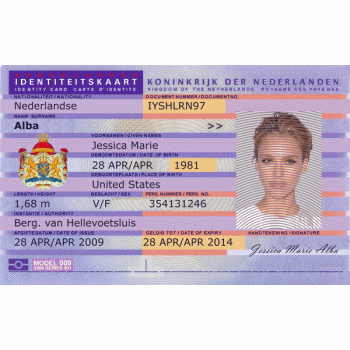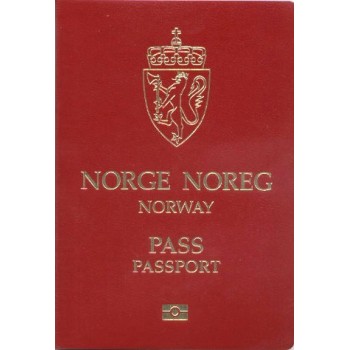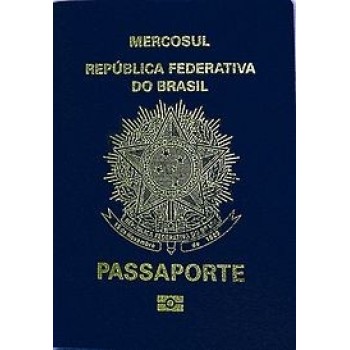Introduction
The use of false identification to commit immigration fraud is prevalent in most countries. Fake identification is used in passports, work permits, and even visas to enable individuals to get into, or remain in, countries undetected by immigration officials. Such practices also facilitate other offenses, such as human trafficking, fraud involving identification, and labor law violation. Fake identities used to commit immigration fraud can be damaging to immigration systems as it becomes difficult for the government to implement laws and protect the nation.
The Primary Ways Fake Documents Are Used During Immigration
1. False Documents
Counterfeiting is creating imitation copies of genuine papers. Criminals duplicate passports, visas, or resident permits that are entirely fictional or manipulated versions of genuine papers. The imitation papers can be used to allow migrants to cross borders covertly or obtain immigration advantages under an alternate name (Secure Identity Alliance, 2023). The imitation papers might include elements such as holograms and elevated seals that are not as effective as genuine ones but increasingly difficult to obtain using normal inspections (E-Verify, 2024).
2. Impersonation of Identity
Synthetic identity fraud blends real and false personal data to craft novel identities that are difficult to locate. An individual can use real Social Security numbers or biometric data as well as false information to create these difficult-to-find identities. Synthetic identities have also been used to violate visa restrictions and employment laws, enabling an individual to reside in one country indefinitely or receive benefits to which he or she is not entitled (Secure Identity Alliance, 2023). This type of fraud is more difficult to detect as it blends real data with false components, which enables an individual to pass certain validations (USCIS, 2023).
3. Approval and employment for fictional work
One of the most prevalent means of using counterfeit identities for immigration fraud is to obtain employment using phony Social Security numbers, work permits, or green cards. Scammers sell counterfeit identities or "lease" them to unauthorized workers, who obtain employment using them. This is mostly observed in farming, construction, and food processing, where cheap, unskilled labor is in high demand. In most instances, employers ignore the counterfeit documents or assist the workers in retaining employment (Governing, 2023). Additionally, using counterfeit identities exposes real laborers to risks of identity theft as unauthorized workers employ their Social Security numbers and names (USCIS, 2023).
4. Impersonation of Marriage
Fraud occurs when individuals utilize false identification to enter into sham marriages for residency or citizenship. Individuals tend to commit marriage fraud through the use of forged birth certificates, marriage certificates, or identification cards to circumvent immigration laws. Fake marriages are one of the most prevalent methods for individuals wishing to remain in a nation illegally, rather than going through the proper legal channels (E-Verify, 2024).
5. Counterfeit Passports
People often commit immigration fraud using forged passports. Criminals modify genuine passports by editing photos or data, or produce entirely forged passports in order to sneak into a nation unlawfully. They sell them on black markets, facilitating criminals and terrorists to cross borders discreetly. Passport fraud is significant in terms of national security as it enables criminals to bypass checkpoint inspections and commit other offenses, such as smuggling or human trafficking (Secure Identity Alliance, 2023).
Countermeasures and Challenges
1. Document Check Technologies
Increasing numbers of government and immigration agencies employ new technologies to detect counterfeit IDs and prevent immigration fraud. Automatically verifying such items as face recognition, fingerprinting, and iris scanning is becoming prevalent in immigration procedures for most countries. The technologies ensure that whoever presents a document actually has the entitlement to do so. In addition, machine-readable travel documents (MRTDs) feature secure chips containing coded biometrics, making it more difficult for criminals to forge plausible fake IDs (Secure Identity Alliance, 2023).
2. Cross-Border Cooperation
Collaboration among countries is crucial to combat immigration fraud facilitated by criminal organizations operating in various locations. Law enforcement organizations such as Europol and Interpol collaborate to exchange intelligence on counterfeit documents and locate counterfeit documents used in migration. Enhancing collaboration among countries in sharing information, particularly lost or stolen travel documents, cuts back on using forged IDs to commit immigration fraud (USCIS, 2023).
3. Legal Frameworks and Enforcement
Adequate laws and stern regulations need to be established to prevent individuals from conducting immigration fraud. Nations like America established programs like E-Verify. The program allows businesses to screen an individual to ascertain if he or she is allowed to work based on government records (Governing, 2023). Loopholes in these programs allow fraudsters to bypass them and obtain work permits using forged papers (Governing, 2023).
Ultimately Fake identities also play an essential role in immigration fraud. Fake passports, fictional identities, and forged work permits also belong to this category. Despite advanced technology and collaborative efforts of countries to detect and apprehend bogus papers, these remain large issues today. One needs to continue investing in document vetting, increase immigration legislation, and collaborate with other nations to address this increasing menace.
References
Secure Identity Alliance (2023). Passport Fraud Trends and Ways to Combat Them. Available at: https://secureidentityalliance.org [Accessed 16 October 2024].
E-Verify (2024). Fraudulent Documents Awareness. Available at: https://www.e-verify.gov [Accessed 16 October 2024].
USCIS (2023). Report Fraud. Available at: https://www.uscis.gov [Accessed 16 October 2024].
Governing (2023). E-Verify Creates Loophole for Undocumented Workers. Available at: https://www.governing.com [Accessed 16 October 2024].


